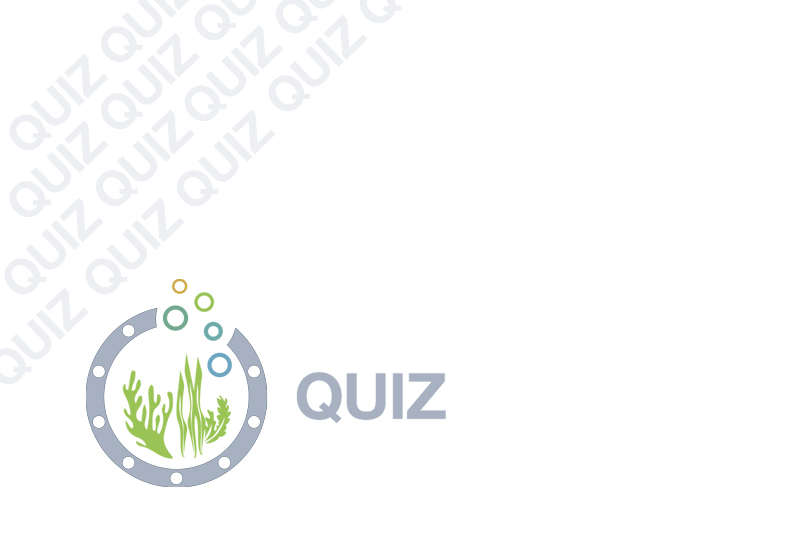
SCS.F | Sleep Mechanisms
When you’re asleep, there are two biological mechanisms–circadian rhythm and homeostasis–that work together to regulate when you are awake or asleep.
Finding Balance

Circadian rhythms direct a wide variety of functions from daily fluctuations in wakefulness to body temperature, metabolism, and the release of hormones. Ever notice that you tend to start getting sleepy around the same time and usually wake up around the same time in the morning, even without an alarm clock? Most adults have their lowest energy levels between 2 and 4 in the morning, which usually works out pretty well. Unfortunately, the next sleepiest time as between 1 and 3 in the afternoon.
That’s the hypothalamus directing the circadian rhythms – the timing of your sleep. Your body’s biological clock is based on a roughly 24-hour day. Circadian rhythms synchronise with environmental cues (light, temperature) about the actual time of day, but they continue even in the absence of cues.
Though food doesn’t change your circadian rhythms, it can affect how drowsy you are. Foods high in tryptophan, like bananas, sees, tuna, turkey, and milk, can make you sleepier, as will foods that are higher in carbohydrates. Conversely, foods that are high in tyramine, like bacon, pepperoni, eggplant, avocado, and nuts are more likely to keep you awake.
Have you ever heard of “jet lag?” That’s when your circadian rhythm is messed up when your brain finds itself in a place where the sun sets and rises at different times that you are used to, so it tells you to sleep in the early evening or middle of the night depending on what time zone you’ve traveled from. Once you’ve been in the new environment for a few days your brain figures out what’s going on and you go back to a regular schedule…until, of course, you cross back over time zones to home and you’re all messed up again.
Homeostasis
Sleep-wake homeostasis keeps track of your need for sleep. The homeostatic sleep drive reminds the body to sleep after a certain time and regulates sleep intensity. This sleep drive gets stronger every hour you are awake and causes you to sleep longer and more deeply after a period of sleep deprivation. Ever try really hard to stay up late at night and then the next morning you wake up really groggy, like you’ve been asleep for a week? That’s because your brain realizes that you’re up late but it expects to wake you at the same time in the morning, so it intensifies your sleep to make sure that it can get everything done before you wake up, kind of like your brain is cramming for an exam.
So now you know everything that there is to know about how sleep works! Next we’re going to talk about how that applies to living in space and under the sea in the Hab.
Curriculum Reference Links
- Biological World / Systems and Interactions / 6: Students should be able to evaluate how human health is affected by: inherited factors and environmental factors including nutrition; lifestyle choices; examine the role of micro-organisms in human health




